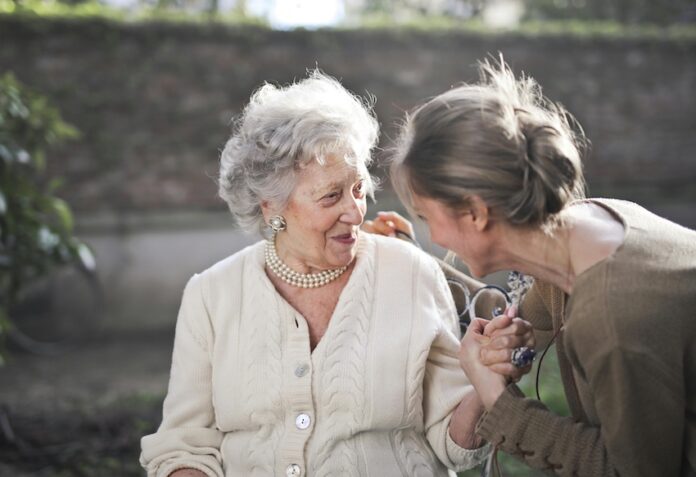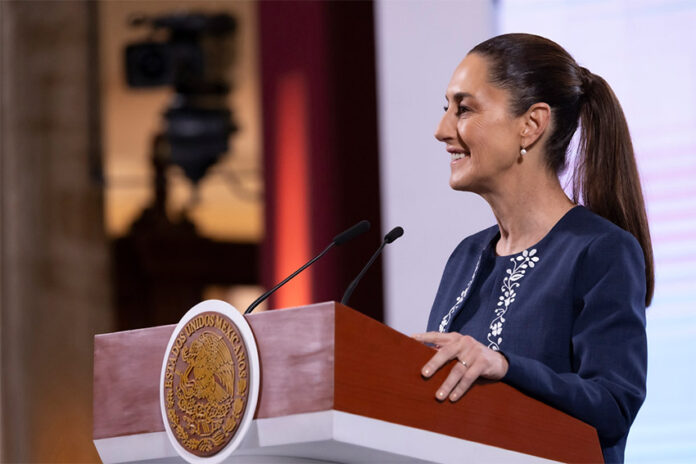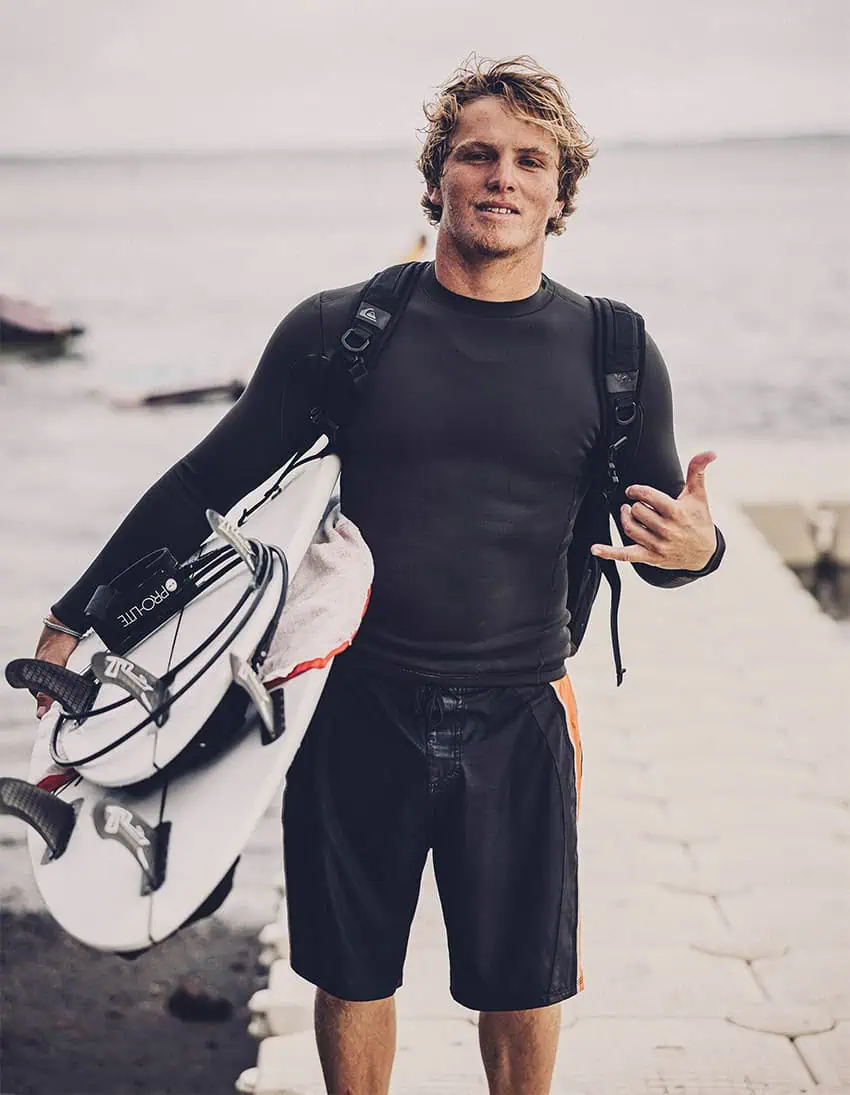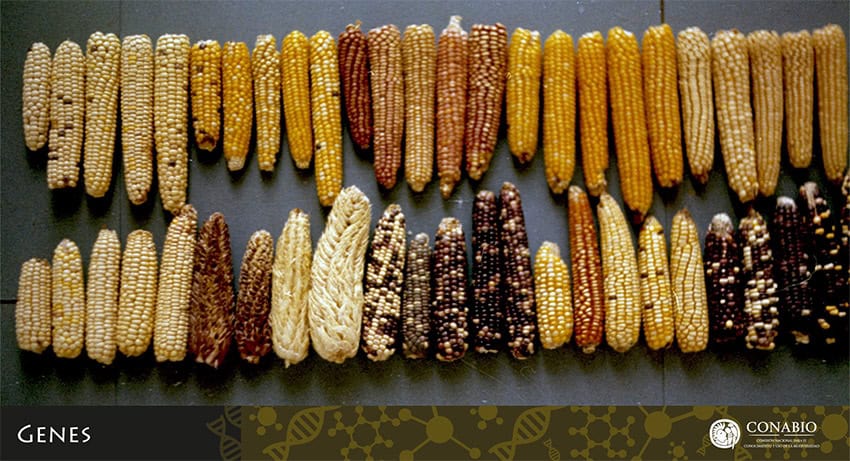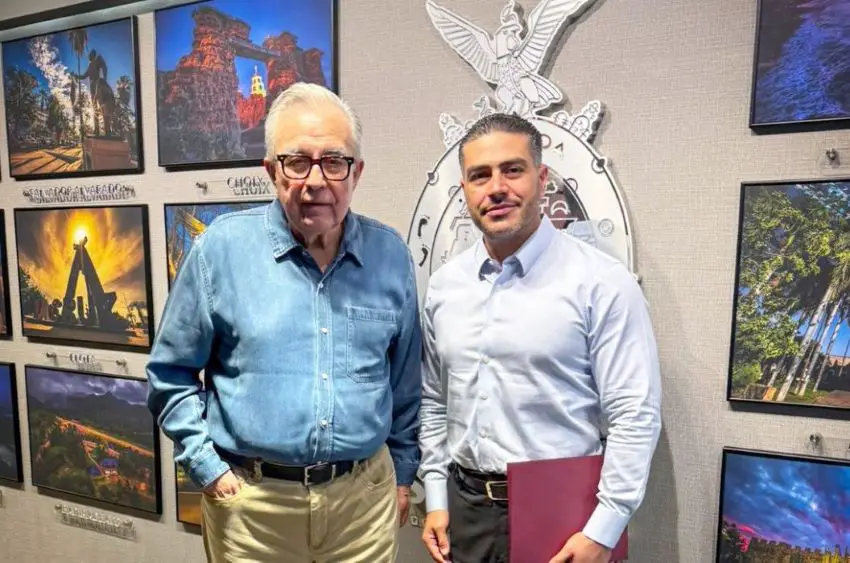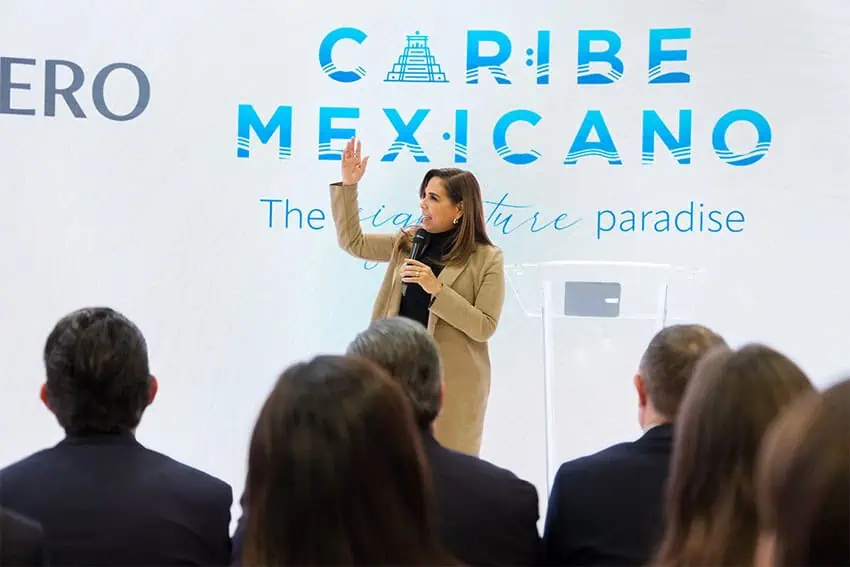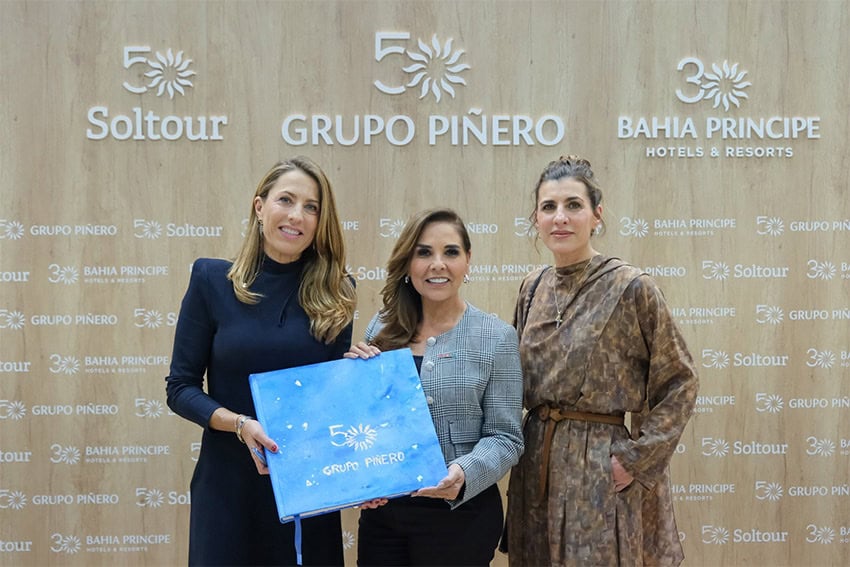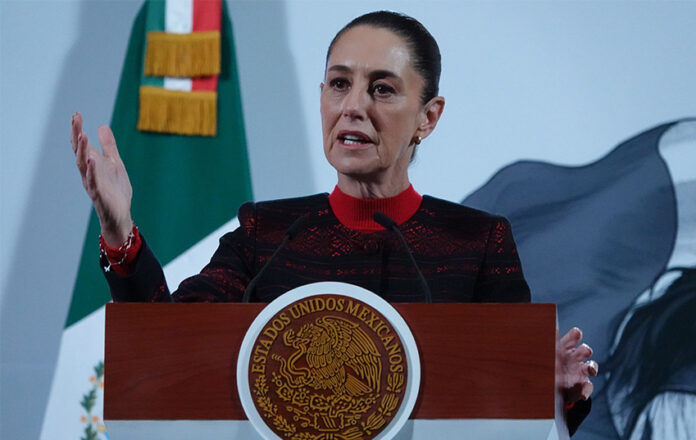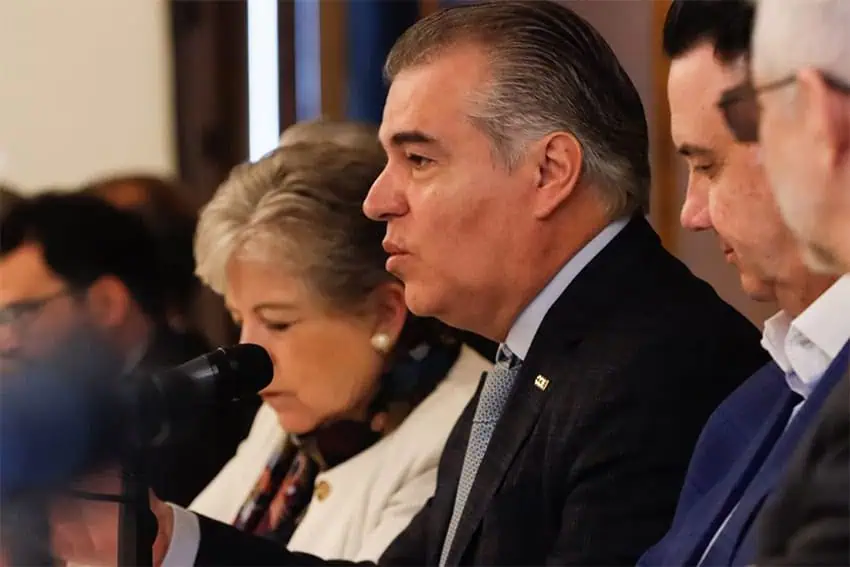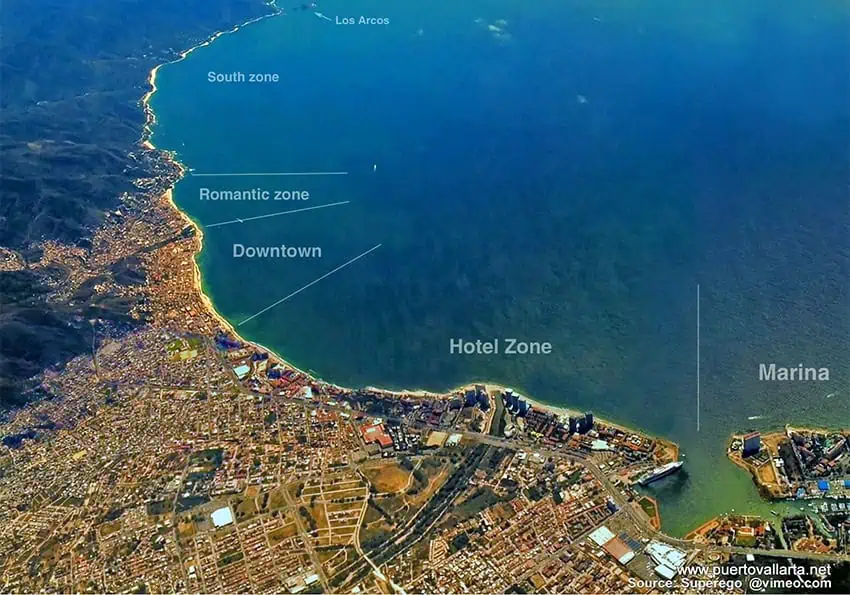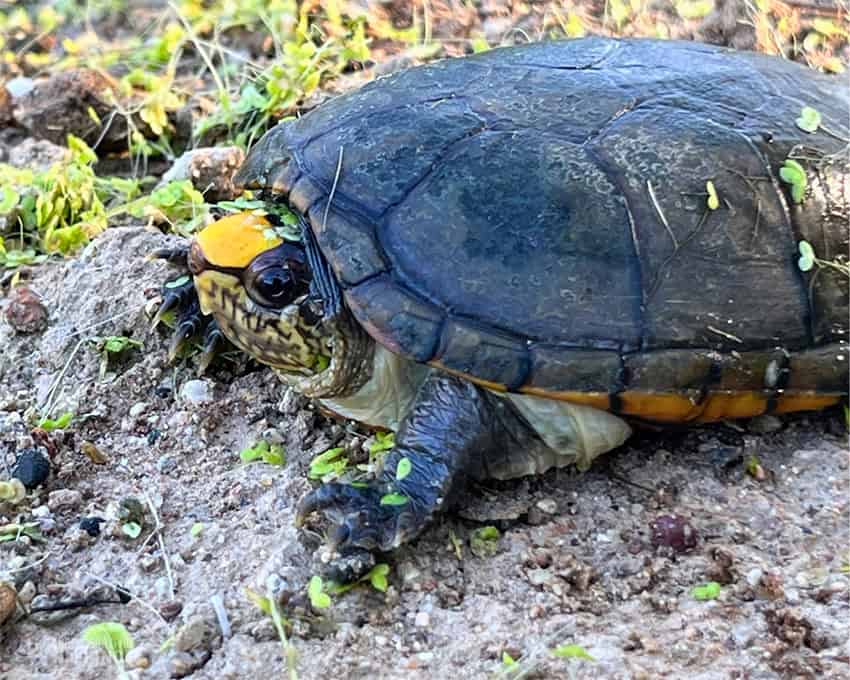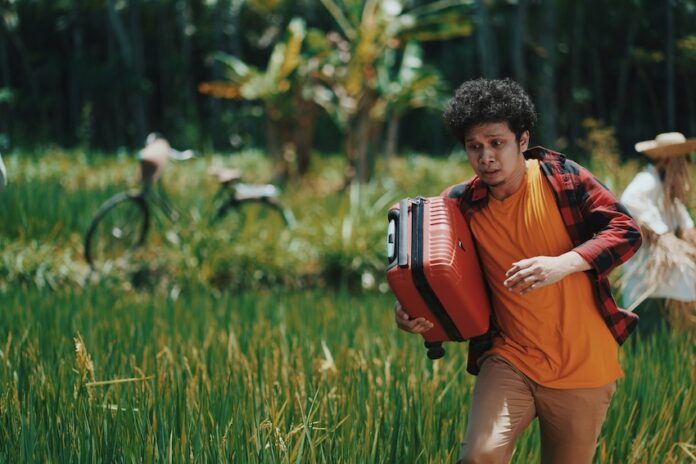There’s an area in which I’ve been quite lucky during my time in Mexico: I’ve always gotten along with my in-laws. I actually got to hang out with my mother-in-law just a couple of days ago, and it was lovely. Success!
This is important, because as anyone not living under a rock in Mexico knows, family is of supreme importance. In the US, a more individualistic culture, it can be fairly easy to avoid spending too much time with your partner’s extended family. In Mexico, this is rarely the case.

When you marry your partner, you marry their relatives, too. This will likely mean a lifetime of birthday parties, weddings and holidays with them. And don’t forget dinners! Also important: when Mexicans “go home,” they don’t usually have a set time that they’re prepared to leave. When I first lived with my ex-husband, we’d go for “almuerzo” at his grandparents’ house and stay a full eight hours, at least. Aunts, uncles and cousins would come and go as well, and we might as well have lunch before we leave, right?
Couldn’t we spend a Sunday strolling around downtown once in a while?
Nope. Family first, or in this case, only.
So knowing all of this, remember: if you enter into a serious relationship with a Mexican, you really need to like their parents. You probably need to like their siblings, grandparents, and other various extended family members, too. Because you’re going to be spending a lot of time with them.

Luckily, it’s not usually too hard. As we’ve established many times before, Mexicans are nice. They’re polite. They might be a little sheepish and not enjoy saying no or explaining themselves, but hey, no one’s perfect, right? Remember too that people often behave the way you clearly expect them to behave. Expect a good relationship, and you just might get it!
Suegros 101: how to deal with your Mexican in-laws
“Suegros” (suegro and suegra) are what you call the parents of your partner. While we reserve terms like “mother-in-law” and “father-in-law” for after marriage in the U.S., here the terms are used if you’re simply in a somewhat steady relationship. “Cuñados” (cuñado and cuñada) are the siblings of your partner or the spouses of your siblings. So, for example, my partner’s brother is my cuñado, and my sister’s husband is also my cuñado.
This next part will depend on how you were brought up and taught, but for the most part, people are quite formal with their suegros. Even when a warm and close relationship develops, it’s not uncommon to hear them speak with the “usted” form to their suegros forever. Generally people don’t use “tú” with their in-laws unless they’ve specifically been invited. In fact, it’s very typical for spouses to address their suegros as “señor” and “señora,” as if those were their names. Being extra polite and including honorifics is the name of the game!
The parents might use “usted” with you too, at least initially. If you want my opinion, you should immediately insist they use “tú” as a sign of your respect and deference to them. They very likely will not insist you do the same with them, and that is okay; respect where respect is due.

Finally, remember that they may always treat their children as, well, children. It’s possible they’ll expect them to “obey” when requests are made, and to possibly even ask for permission to do certain things when they’re with them. It’s a little strange, I know, but it’s normal.
La Suegra
Just like in norther North America, the mother-in-law figure is a heavily-weighted figure. Typically, it’s the mother of the man in a heterosexual relationship who’s believed to have the most opinions of her son’s spouse. This makes sense in a culture known for its machismo: the men get extra special care!
As you can probably guess, the stereotypes are similar. The man’s mother has very specific ways that her son must be looked after, cooked for and loved, and she sets the standard. I’ve always found that attitude to be a little Oedipus-y and creepy, but here we are.

In this department, thank goodness, I’ve lucked out. This is partly because I’m, honestly, un amor. I’m nice and genuine and openly loving. But I’ve also had some lovely suegras!
My ex-husband’s mother, my daughter’s grandmother, was someone I always loved having around. We lived together for several years, and it was nice to have the company, and the help — especially when my daughter was born. After the birth, she cooked for me and helped me bathe, and was basically an angel with the new baby, always willing to take her when I was dying for a couple hours of uninterrupted sleep. She might not have agreed with all my parenting choices, but she respected them.
My current suegra — my partner’s mother — is also lovely. She lives in a different city so we don’t get to see her too often. But when we do, she is nothing but hospitable and kind. And though she’s quite religious, she at least appears unbothered by my own pagan tendencies. That’s not something I push, of course; I’ll happily show up to Mass if that’s what the family’s doing.
Final Words
The key to a good relationship with one’s suegros here, really, is formality. Formality shows respect, and considering there won’t be much physical distance, creates a bit of psychological distance between you. If you have a problem with one of your Mexican in-laws, get your spouse to handle it.
Again: the distance that the formality lends is important. It provides for a stable and respectful relationship. And who knows? Those relationships can and often do turn into lasting and deep friendships.
No matter how different you are from your suegros, remember that you have one very important thing in common. You both love and want the best for their child.
Start there, and you’ll always find common ground.
Sarah DeVries is a writer and translator based in Xalapa, Veracruz. She can be reached through her website, sarahedevries.substack.com.
